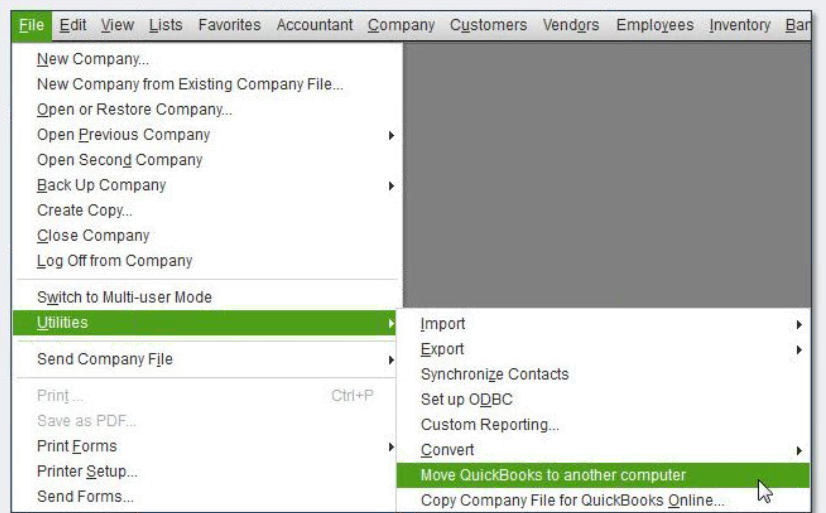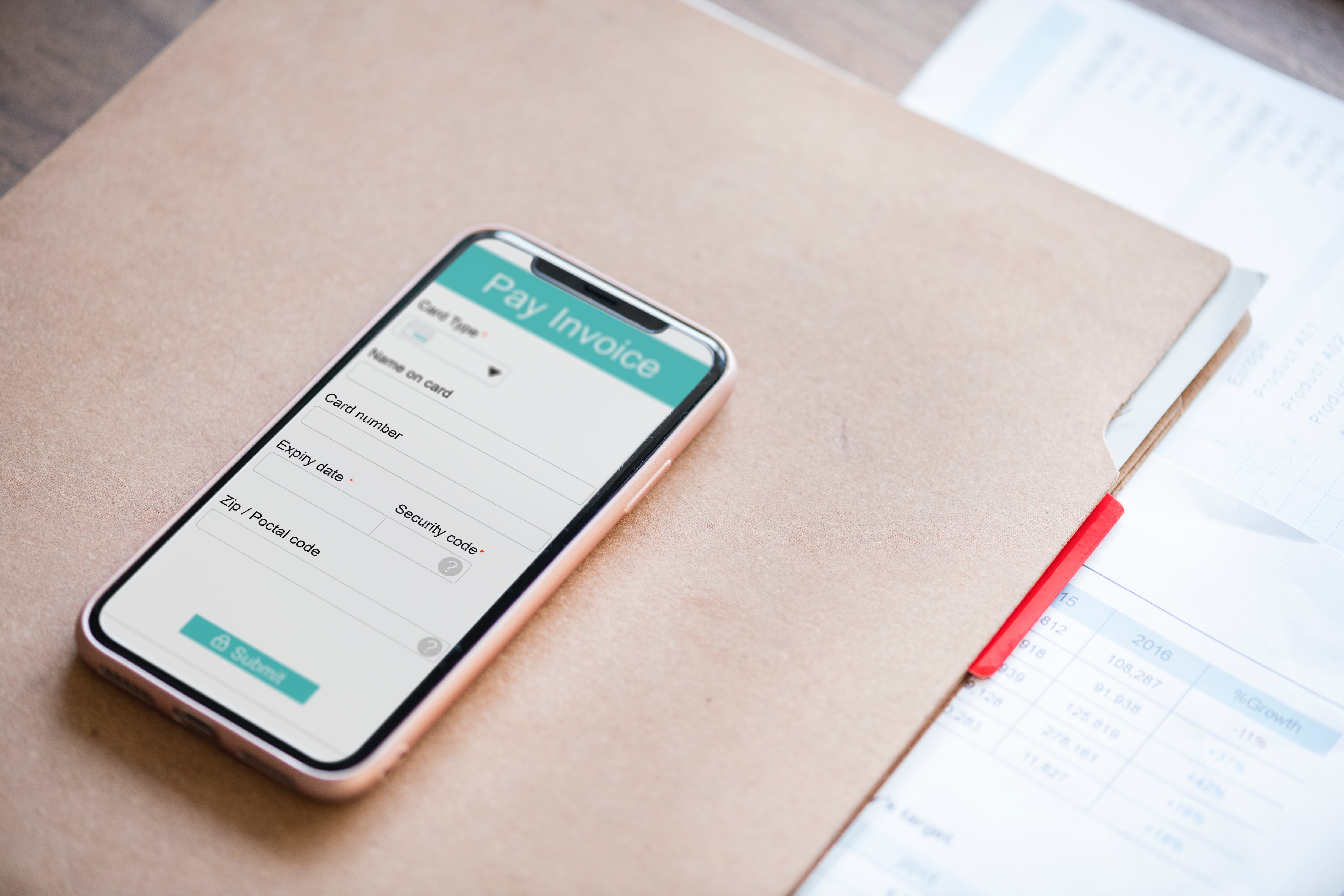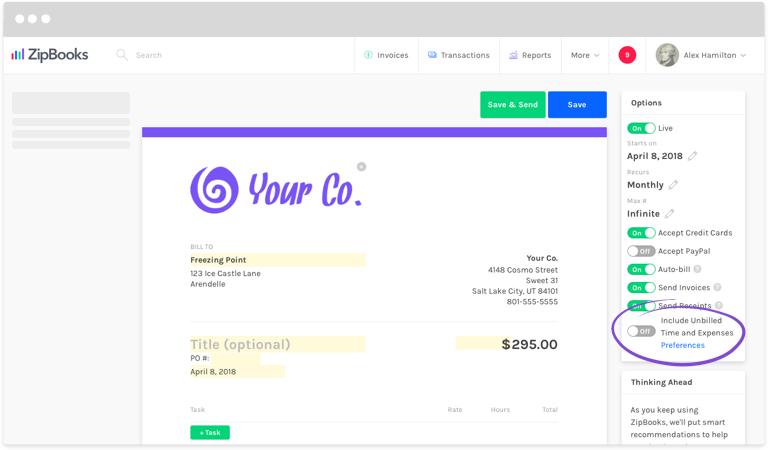by Zipbooks Admin
The Difference Between an Invoice and a Receipt

During our most recent product update, I learned a lot more about the difference between an invoice and a receipt than I ever thought possible. We already had the ability to create an invoice or a recurring profile. You could either create a one-time bill and send it to your customer or create a profile that knew when to send the first invoice to a customer, how often to send new ones and for what amount. We got a lot of requests to add autobilling to our recurring profiles. Essentially, customers were wondering why they were able to send invoices to a customer every month (or week) but the customer had to manually enter their credit card payment information every month. If we could automate the sending of invoices, surely we could automate the charging of a credit card?
While the actual implementation of the Stripe autobilling wasn’t too technically difficult, there were many other things to consider when charging someone’s credit card without having them re-enter their information. We thought it would be helpful to review the issues that we considered when making the change and what impact it has had on the product.
Receipts
When you charge someone’s credit card, you have to provide that person proof that they made the payment. This documentation is commonly referred to as a receipt. Receipts generally include information about both the buyer and the seller in varying formats and to different degrees. For example, point-of-sale purchases, such as buying gas for a car at a gas station, have complete seller’s contact information but limited buyer’s information. A receipt is the buyer’s proof of payment.
Invoices
An invoice is a bill, or a request for payment, for a sale. It lists goods or services provided by the seller to the customer, along with prices, credits, discounts, taxes and total due. It may also include credit information, an invoice number, a salesperson’s name and any special sales programs. For example, many invoices allow the buyer 30 days to pay and offer a discount for paying within the first 10 days of the invoice date. An invoice includes business contact information for the seller, including business name, address, phone number, fax number and web address. It also includes contact information for the buyer and the date of the sales transaction. Invoices should not be confused with purchase orders, which are written requests from buyers to sellers authorizing the shipment or delivery of goods with agreement to pay.
Issuers and Recipients
Invoices and receipts are generated by sellers, merchants and vendors. They are issued to buyers, customers or clients. Accounting departments, sales staff and customer service staff may issue invoices to customers. Doctors’ and dentists’ offices issue invoices to patients for services rendered. A waiter or waitress issues an invoice, called a bill or a check, to diners in restaurants for the food they order. Recipients of receipts are normally customers but may be accountants or bookkeepers, as well as third parties receiving receipts as proof of customer payment for financial proceedings.
Uses
Invoices are used to request payment from buyers, keep track of sales, help control inventory and facilitate delivery of goods and services. Invoices are also used to track expected future revenues and to manage customer relationships by offering favorable payment options, such as extended time periods for payment or discounts for early payment or cash payment. Receipts are used by buyers or customers to prove they paid for an item, especially in return situations in which goods are faulty or defective.





